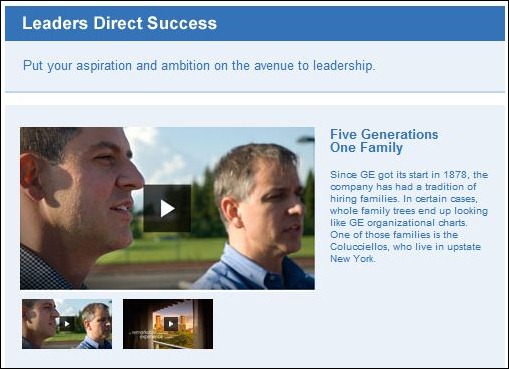Continuing from where we left of, we shall now see how social media platform can be used to improve the structure and efficiency of an organization.
Collaborating for Success
With help of any given platform, an organization can help teams work
● More effectively and efficiently
● Ensure teams have access to most accurate and up to date information
● Enable remote working
Collaborative blog from IBM
This not only leads to better work output but also builds connection. When employees feel connected to their organization, a unified purpose and each other they will be more engagement and more efficiency. Also, this reduces the scope of internal crisis as most matters are resolved via two way communication over an informal discussion.
Social Brainstorming
Social Media is also budding ground for good ideas to be sowed and germinated. Once someone proposes an idea, others can contribute to it and over a healthy discussion, the idea can take shape. Since it’s available over a platform at any given time, the constrain of a brain storming session in a closed environment and in fixed time span is eliminated, thus, giving it a feel of an open session.
A spontaneous idea that leads to a thread of comments on a Facebook group may prove to be far more productive than spending hours inside a meeting room trying to solve a problem.
Peer Recognition
Another important aspect of using social media is recognizing and highlighting achievers and the ease with which they can be rewarded. Any individual when recognized in front of his/her peers feels special. Social Media is just the right place for an individual to be recognized by his organization in front of his friends and colleagues. This builds a sense of pride and also inculcates a healthy rivalry amongst the workers.
Sharing profile of employees in internal communities can boost
confidence amongst employees
Getting Personal
Social media also gives big organizations the opportunity to show their human face. Wishing people on special occasion via a personal message can go a long way in building a lasting relationship which would prove very productive. This will hold well during a crisis. When you want that extra mile from employees, then as an organization, you also need to walk that extra mile.
Giving Voice
A social media strategy to handle employee grievances is an effective tool for online reputation management. While it may be difficult how an employee conveying their grievances in front of other employees can help, but it is better than them going public in front of external clients. Being heard is the first and almost entirely the most critical step in complaint resolution. A heard employee may equal to a satisfied employee.
Chain of communication
Social media tools such as blogs can be a great way of educating people about new products and giving detailed reviews. Bring in YouTube with video demonstrations of new products and you have an attentive employee set readily willing to understand and discuss new products. Make it innovative and your employees themselves will make it go viral thus not only giving the brand an internal viewership but also the possibility of garnering millions of eyeballs from external audience.
Sharing on internal community gives a chance for employees to interact freely irrespective to their position in the ladder
Payoffs
While it may look that bringing internal communication and HR issues on social media is a risk, with organizations having to give up on lot of control, but no policing is in fact a very good method of inculcating self control and restrain.
When people know there is someone out there to listen to them, they are less disgruntle and more constructive. They may even take the effort of using their bad experience to come up with innovative solutions to tricky problems.
This is where true employee empowerment can be achieved. This will not only help you strengthen your organization but also give you the best word of mouth publicity of them all. Employee Advocacy.



